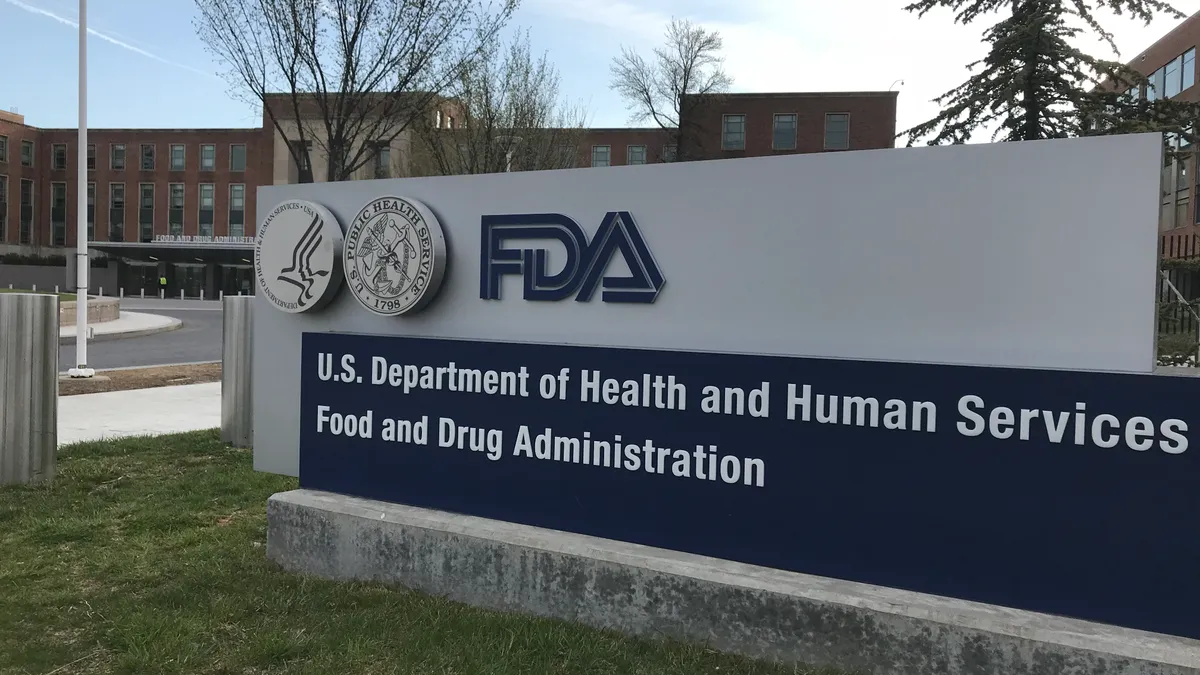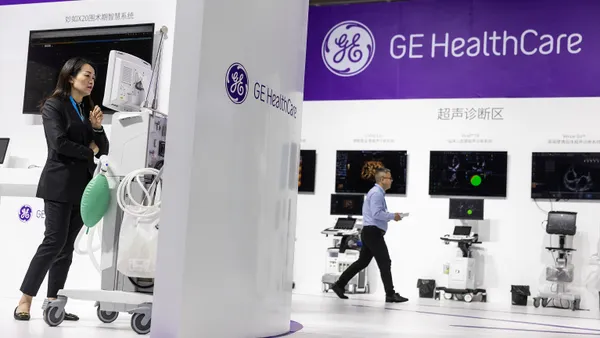Dive Brief:
-
FDA on Thursday published a letter to healthcare providers outlining hundreds of reports of deaths and thousands of injuries and malfunctions with spinal cord stimulators, reminding physicians to follow product labels calling for a simulation in patients prior to permanently implanting the SCS devices.
-
Healthcare providers are supposed to trial the estimated 50,000 devices implanted each year from companies such as Abbott, Boston Scientific, Medtronic and Nevro to ensure they adequately relieve a patient’s pain. An agency review of 107,728 adverse event reports submitted in the last four years found 30,321 reports of unsatisfactory pain relief.
-
The warning comes after a June report from Public Citizen called for FDA to tighten how it regulates the devices, including requiring original PMA submissions for all new models and reassessing whether any approved devices should be removed from the market. Device Events is also among the organizations that have highlighted dangers with spinal cord stimulators.
Dive Insight:
The labels on spinal cord stimulators are clear on the need for trial simulation periods: Materials from Abbott, Boston Scientific, Medtronic and Nevro state their devices are only for use in patients who received effective pain relief during trial stimulation. The companies also provide information on how to carry out these trial periods. Nevro, for example, provides pages of information for physicians on two different approaches to trial-phase implantation.
Yet, FDA is concerned about compliance with the trial-phase requirement. After its dive into the data found 28% of MDRs cite “pain relief, inadequate” as a problem, FDA said the review “highlights the need for patients to undergo and demonstrate an adequate trial.” The next two most frequently cited Patient Problem Codes — “pain” and “therapeutic effects, unexpected” — also point to the possibility that some physicians may be implanting SCSs without performing trial periods.
FDA also looked at the most frequently reported Device Problem Codes but appeared less concerned by the findings. “Charging problems” was the most commonly reported code, leading FDA to state the reports “are consistent with those expected with battery-powered stimulation devices intended for longer-term implantation and therapy.”
The 107,728 MDRs received by FDA in the four-year period following July 27, 2016, include reports of 428 individual deaths of patients implanted with SCSs between 2005 and 2020. Almost one-third of cases where times to event were available happened in the 30 days after implantation. Many of the patients had comorbidities and the average age was 69 years. FDA said MDRs often lack "enough information to establish a causal relationship between the device and the reported event."
For now, FDA has limited its response to the data to a reminder of the need to trial SCS implants and recommendations for physicians about discussing the risks with patients and creating individualized follow-up plans for each recipient of a device. It also said it continues to evaluate the devices via mandated postmarket studies, medical literature and other sources.
But FDA’s steps don't meet critics' demands. Public Citizen's June report detailed what it called FDA’s “dangerously lax oversight of high-risk implantable medical devices.” Public Citizen accused FDA of granting premarket approval to SCSs on the strength of studies of other devices, rather than prospective clinical trials of the implants being submitted for review.
In light of that evidence, Public Citizen called for FDA to move SCSs devices to a higher risk class. The Public Citizen report did not specifically mention the potential for harm due to a failure to follow the requirements on trial periods.











